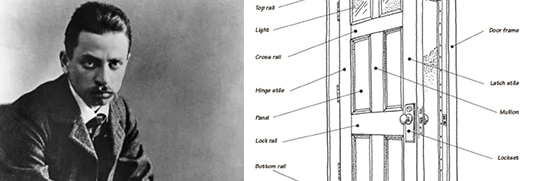
Visiting professorships. Now, just shy of 40 years of teaching architecture—close to 4,000 students across three continents between undergraduate and graduate design studios, history and theory lectures, and topical seminars—I recognize that I am indebted to my students for the role they have played in my professional growth.
Continue reading Visiting professorships







